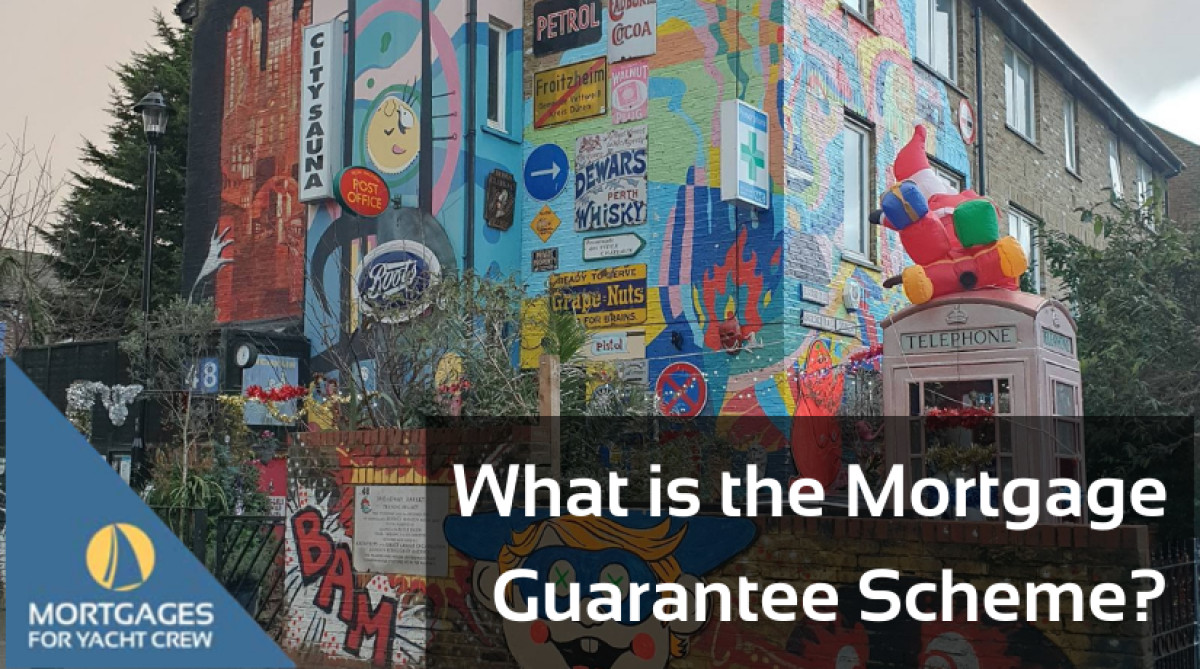What is the Mortgage Guarantee Scheme?
- Authors
-
-

When Covid-19 first hit in Spring 2020, lenders panicked and withdrew many of their higher loan to value mortgage products from the market, making it more difficult than ever for those with small deposits to buy a home.
In a bid to encourage the property market to reopen, in April the government launched the Mortgage Guarantee Scheme, to give prospective buyers with only a 5% deposit the chance to buy a home. These are known as 95% loan-to-value (LTV) mortgages which means the loan is 95% of the total value of the property being purchased; the deposit put down by the buyer makes up the additional 5%.
The scheme allows buyers to put down a deposit of between 9% and 5% and borrow the extra 91-95% of the value of the property.
The government then provides mortgage lenders with a guarantee that they will cover up to 14.5% of the loan should the homeowner later fail to pay their mortgage or the property value decrease (negative equity: where the value of the house is less than the amount owed on it).
The government is therefore taking on some of the risks associated with higher LTV mortgages and in so doing, encouraging more lenders to offer these products to the market.
Prospective buyers do not specifically have to ask to join the scheme, but should explore the mortgage market and choose a product that best suits their needs. The advisers at Mortgages for Yacht Crew will help with this. If the chosen product is part of the scheme, there are some conditions that will apply, some set by the government, some by the lender itself.
The scheme is open to anyone buying a home to live in (taking out a residential repayment mortgage) and this should be their main and only home. It should be in the UK and have a maximum value of £600,000. The property can be a new build or existing house.
In theory.
However, many lenders have imposed their own restrictions for the scheme which include not lending on new build properties and limiting the maximum loan amount.
There are also more 95% LTV products available now that are independent of the government scheme, which suggests lenders are starting to feel more confident in the market after more than a year of unease.

To qualify for a mortgage, the lender will want to know that you are able to afford the monthly payments, so will look at your income and expenditure (bills, shopping and entertainment) as well as the cost of any debts you already have.
The lender will also want to know how good you are at repaying debt, such as a loan, credit or store cards or a mobile phone contract. They will therefore check your credit score which details any current or previous borrowing you have made and how reliable you were at making the repayments.
It is a good idea to check your credit report before applying for the mortgage as it will give you time to address any issues that may show up on it. Generally, lenders will only approve mortgages for those with “Good” or “Excellent” scores, but some may be more flexible (but you’ll probably pay a higher interest rate for it).
You should also check how much you might be able to borrow, based on your current income minus any committed expenditure you have. Most lenders will offer 4.5 times your salary, but this will be less if you already have other debts such as a car loan or a high credit card bill.
Most of the major banks and lenders are offering five-year fixed-rate mortgage products as part of the scheme, but these interest rates are predictably higher than those for lower LTV mortgage products and there are less to choose from. Therefore, if you can stretch to a larger deposit, you are likely to benefit from doing so. You are also more at risk of negative equity if house prices fall and you have borrowed a larger proportion of your home’s value.
The scheme is currently pencilled to run until 31 December 2022.